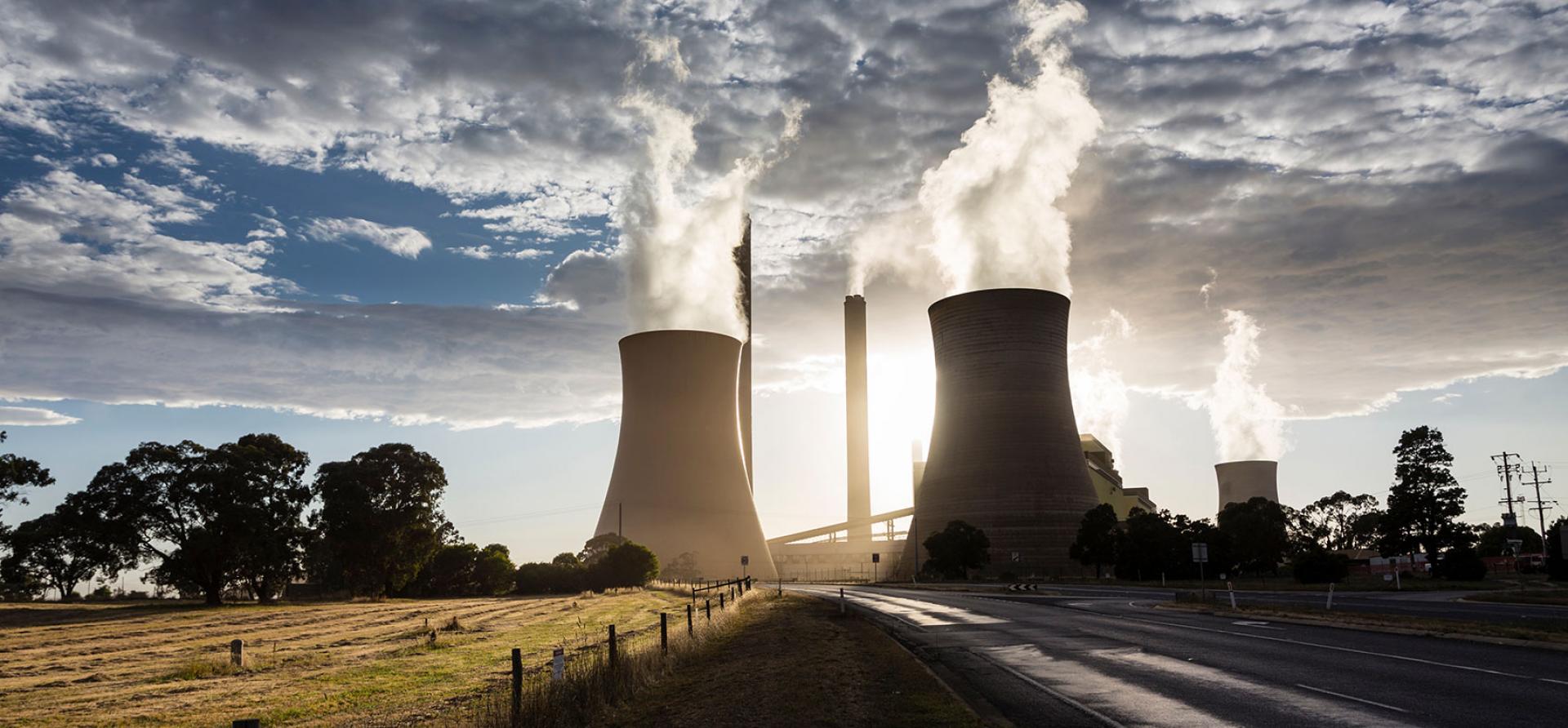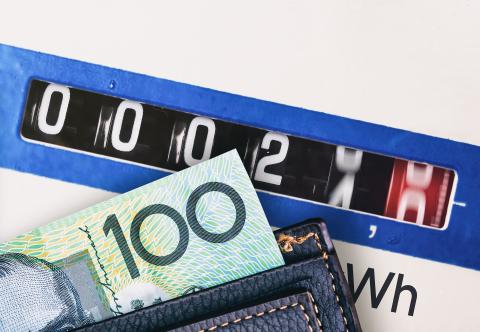IEEFA's submission to Energy Security Board Capacity Mechanism high-level design consultation paper
Download Full Version

Key Findings
The National Electricity Market is in the midst of decarbonisation and is likely to see 60% of coal capacity withdrawn by 2030.
Various options should be explored to provide more certainty and order around coal exits – including a “reliability bond” and opt-in managed phase down agreements while ensuring adequate levels of entry of new, low-emissions capacity.
The ESB’s indicative proposal for a capacity payment (for which all generators would be eligible, including existing coal generators) will not effectively address the current challenges facing the National Electricity Market.
Overview
The National Electricity Market (NEM) is in the midst of decarbonisation and is likely to see 60% of coal capacity withdrawn by 2030 according to the Australian Energy Market Operator's Integrated System Plan (ISP) Step Change Scenario.
Replacement energy resources will be required in advance of the coal exits, but substantial uncertainty exists around the exact timing of the coal exits.
IEEFA recommends addressing the coal exit uncertainty challenge with one mechanism, and supporting new entrant investment with a separate mechanism if required, to ensure the mechanisms are targeted, effective and keep costs low. Reserve services augmentation could also be explored if deemed necessary.
Various options should be explored to:
- Provide more certainty and order around coal exits – options include a “reliability bond” and opt-in managed phase down agreements (in the absence of a comprehensive, enforceable, certain coal exit schedule);
- Ensure adequate levels of entry of new, low-emissions capacity – options include a storage target and government underwriting; and
- Augment reserve services – options include a capacity reserve, operating reserve and jurisdictional strategic reserve.
The capacity mechanism proposed by the Energy Security Board (ESB) includes payments to all forms of generation capacity. However, this will not solve the current challenges facing the National Energy Market – as it will not provide certainty around coal exits and may lock in a high-emissions system for longer, discouraging new entrants. It is ill-suited in valuing flexibility and low-emissions resources and is also likely to add to consumer costs, at a time when electricity prices are high.
Our report, There’s a Better Way To Manage Coal Closures Than Paying To Delay Them, explores why the ESB’s indicative proposal for a capacity payment (for which all generators would be eligible, including existing coal generators) will not effectively address the current challenges facing the NEM. This report also provides a suite of alternative policy options that would do a better job of ensuring new capacity enters in advance of the exit of older fossil fuel power plants, to maintain reliable supply while containing costs to consumers.
Energy Ministers and the ESB need to more thoroughly examine these options as well as proposals from other stakeholders instead of its preferred capacity mechanism in order to manage the exit of coal generators and entry of new low emissions capacity. Many other proposals could more effectively direct the NEM towards a goal of 82% renewables by 2030.
If any kind of mechanism to support investment in capacity does go ahead, support should be provided only to capacity that is:
- Low emissions and compatible with rapid decarbonisation
- A new entrant
- Any dispatchable capacity should be flexible (e.g., resources with fast response times and ideally capable of charging-up on power not just discharging power).
IEEFA's submission was first published here.















